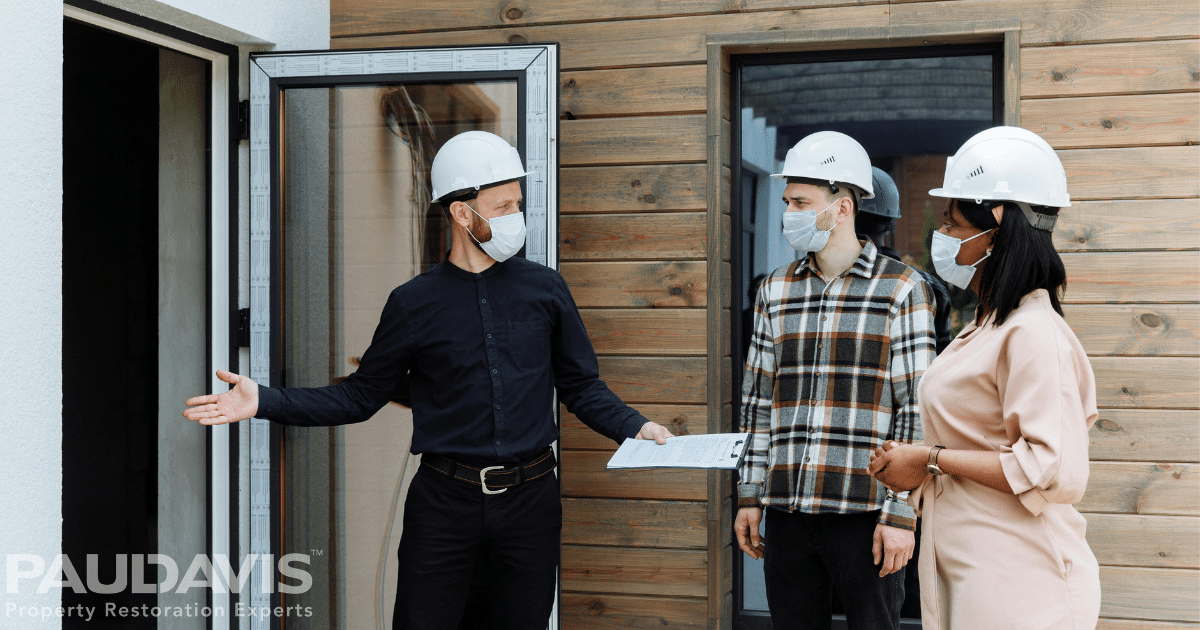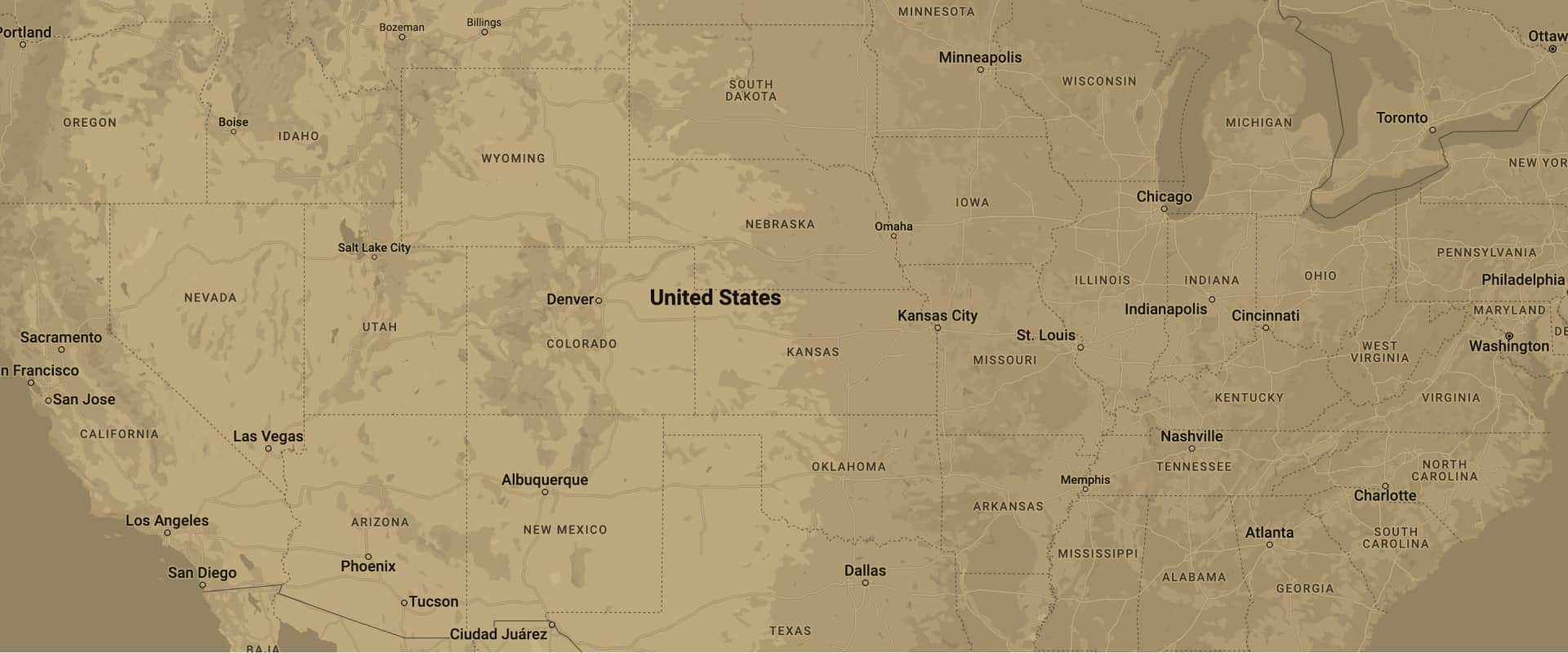Nearing the end of construction on a new and quite expensive suburban home, painters were adding beautiful faux-painted walls in select rooms. The house was still vacant while many finishing touches were being completed. Oily rags used to complete the faux painting were left after a day’s work, and it is believed by fire investigators that either a workman’s discarded cigarette or a switch on a working light sparked to ignite the fumes from the oily rags. The ensuing fire and flames smouldered for quite some time, since the house was airtight. Smoke accumulated throughout the house until being noticed by a neighbor, who saw windows looking black and smoke seeping out.
Fire and smoke damage was extensive and the claim for insurance reimbursement was $96,745. As with many new-home situations, insurance responsibility was muddled. There was lots of subrogation between the builder’s policy, the homeowner’s policy and the painter’s policy. However, the full loss was covered for demolition, whole house deodorization and cleaning, repair of smoke and fire damage to all interior finishes, as well as replacement of insulation, new electrical wiring and fixtures, and structural building materials.
Supervising home construction work and the many opportunities for forgetfulness and carelessness is not a simple task. The lesson here, however, rests on following three principles: properly disposing of flammable items at the end of each workday, cleaning up all jobsites after each day’s work, and making certain that all subs are properly licensed and paid up to date on their insurance and fully insured for property liabilities and workman’s comprehensive coverage.











